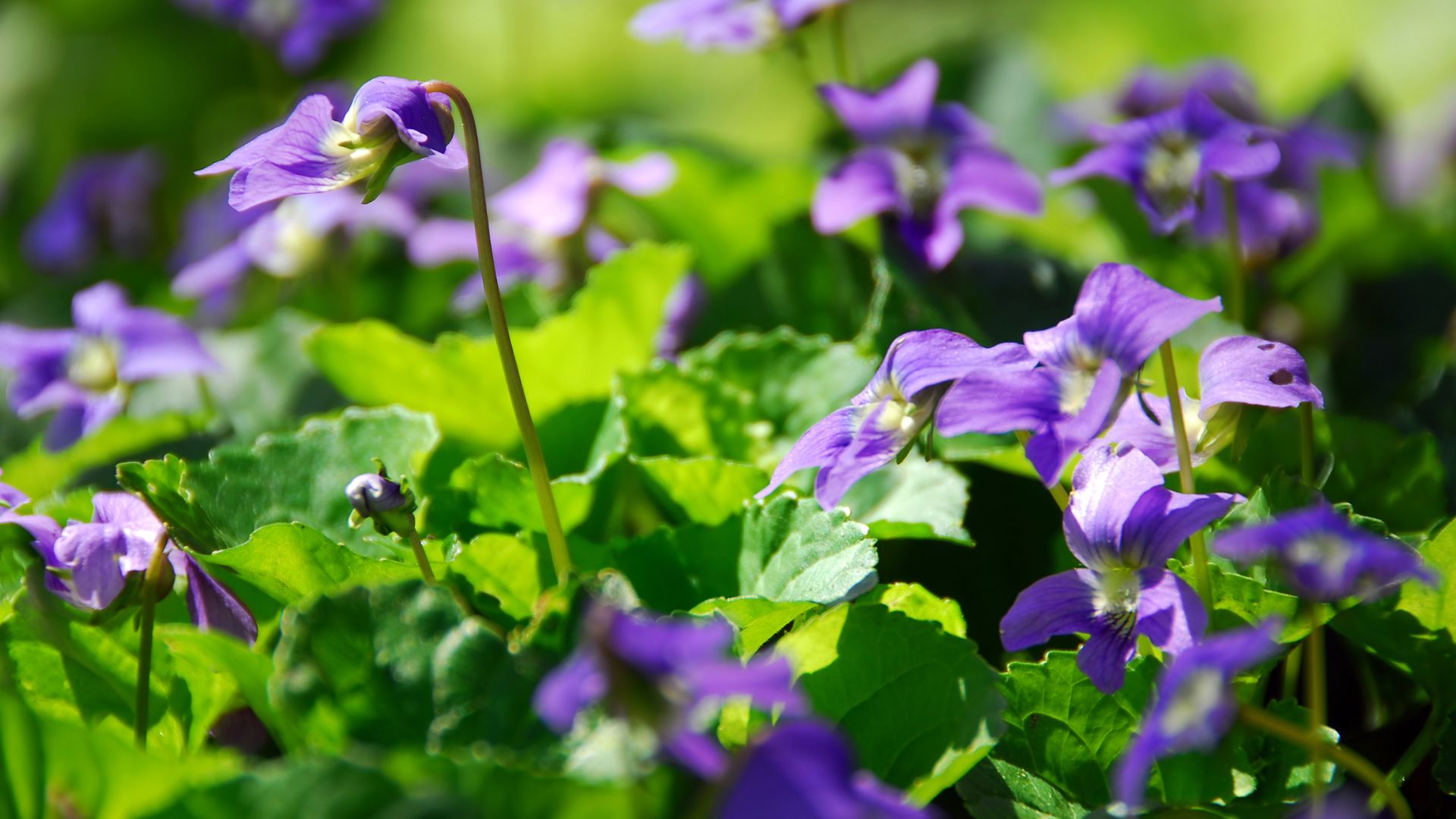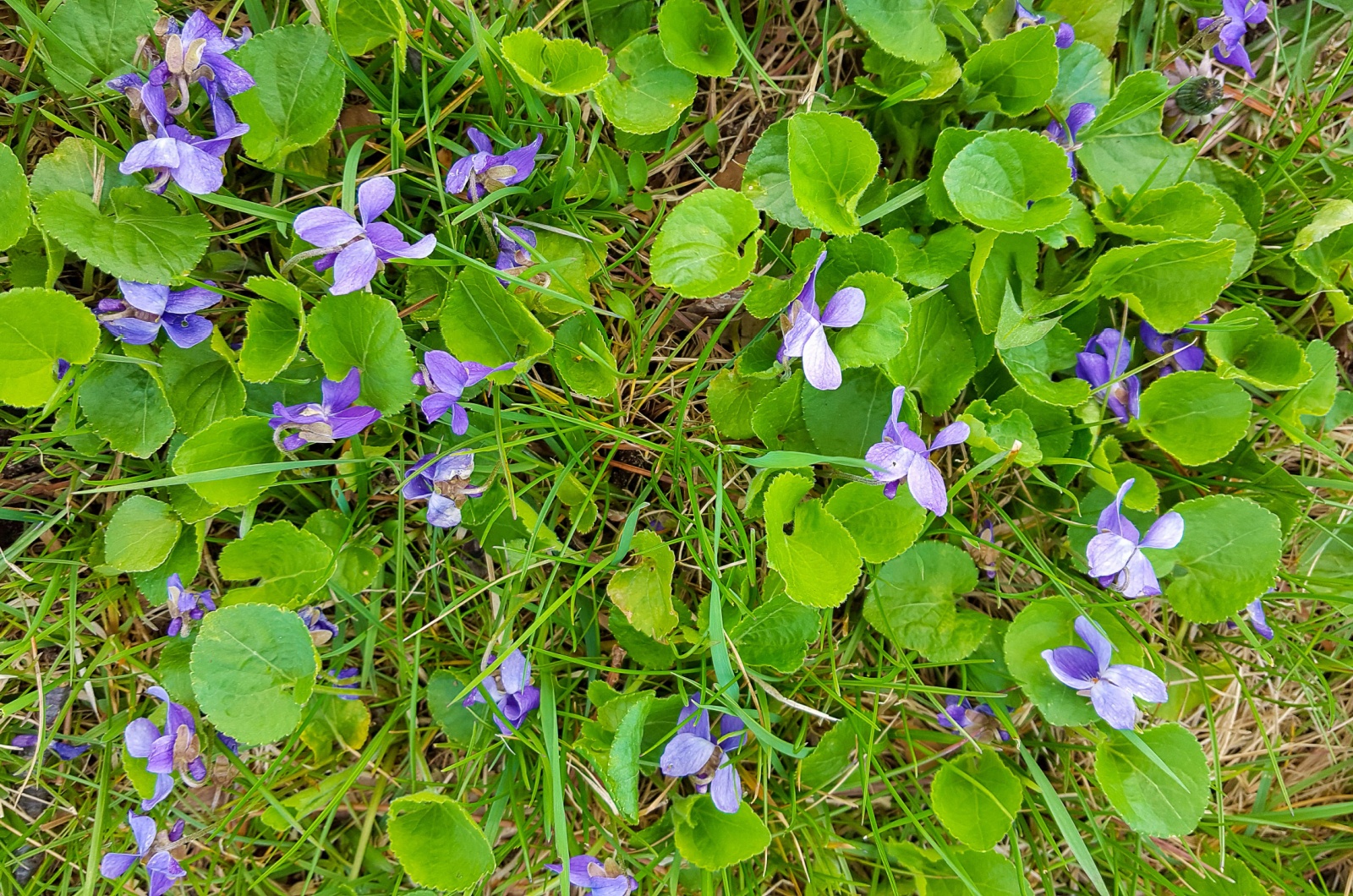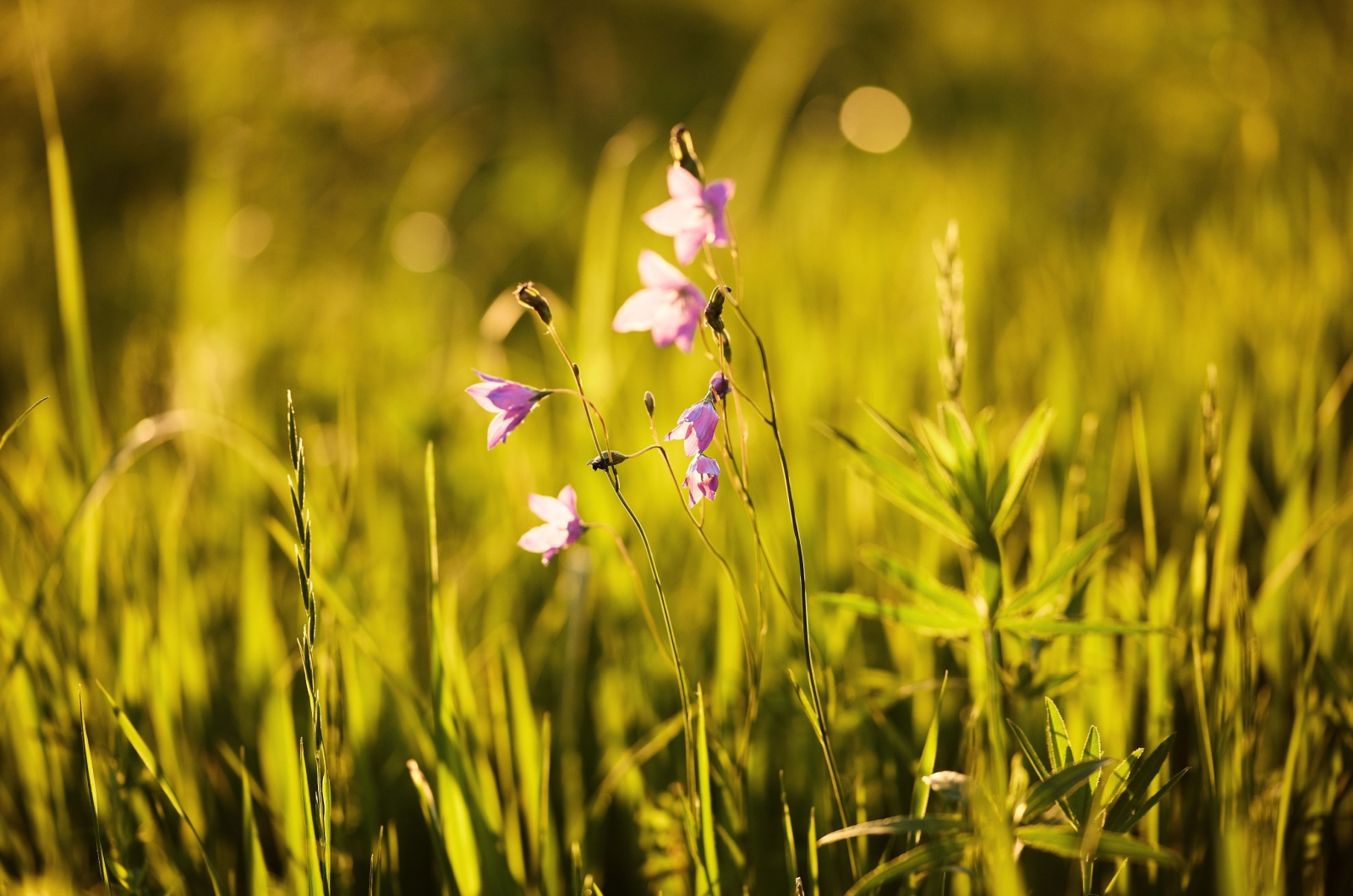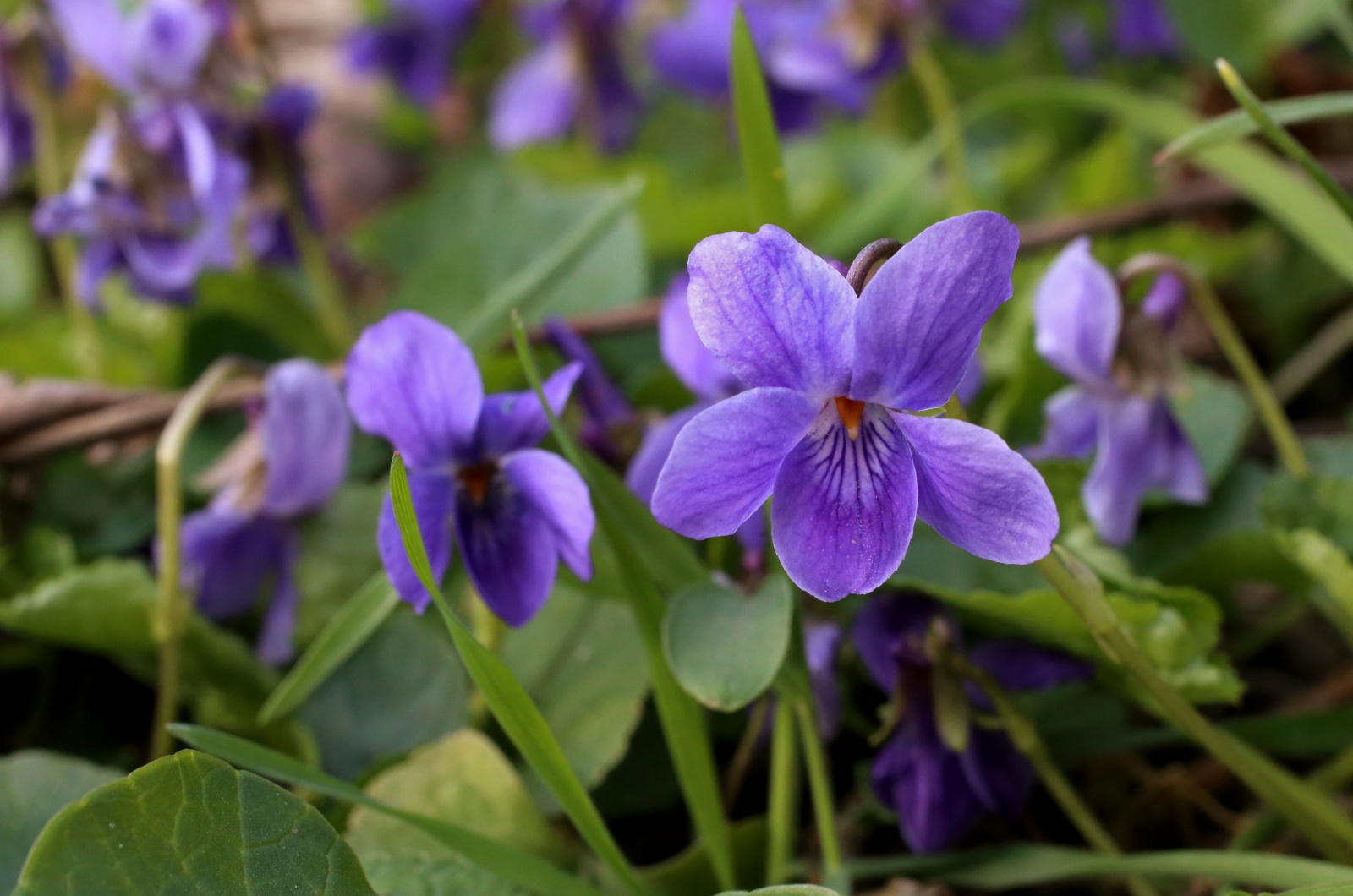Ever noticed those dainty purple blossoms popping up in your yard? Those are wild violets, and guess what? They’re not just ordinary weeds – they’re actually tiny wonders that we often overlook!
Growing up, I used to love spotting these little blooms in our yard. But did you know they’re actually beneficial for your garden?
They’ll attract beneficial insects and bring a pop of color to the otherwise dull carpet of green grass – these flowers are truly a wonderful addition to any yard.
Looking to attract pollinators to your garden? Let wild violets flourish.
Prefer a vibrant lawn with minimal upkeep? Leave your wild violets untouched.
But wait, there’s more to these tiny wonders! If you didn’t know these cool facts about wild violets, you’ll be surprised by what else they can do for your garden.
1. They Literally Feed Your Garden
Wild violets aren’t just ordinary weeds in the garden, no sir!
In fact, they play one of the most important roles for sustaining ecosystems – they provide food for bees, butterflies, and other pollinators, especially when there aren’t many flowers around early in the season.
So, all those pollinators that have woken up from their winter sleep need food, and that’s exactly why early-blooming violets are here (they can make a huge difference, especially if you want to start a pollinator garden).
Wild violets may be considered humble “weeds,” but they play a vital role in supporting the ecosystem, especially for butterflies!
These delicate blooms serve as the primary food source for the larvae of various fritillary butterflies, including the stunning Diana fritillary, which holds the honor of being the state butterfly of Arkansas.
In nature, you’ll find a lot of early-season blooms, with wild violets standing alongside other so-called “weeds” like dandelions, henbit, purple deadnettle, and chickweed.
Never spray herbicide on these plants while they’re blooming as this could harm the pollinators that rely on them for food.
If you prefer a neater lawn, consider mowing the weeds before they flower, and remove them when they’re not blooming to avoid disrupting the insect population.
2. They Take Care Of Themselves, So You Don’t Have To
Wild violets have a compelling selling point: minimal maintenance.
And how many plants can be described as low-maintenance? Well, with wild violets, this claim is totally true – much like other “weeds,” wild violets are incredibly self-sufficient.
Wondering how? Well, wild violets can:
• Grow in poor soils
• Thrive without water or fertilizer
• Multiply through self-propagation
One time I mentioned I should multiply my wild violets and my sister laughed like crazy (now I know why!).
So, if you are dealing with stubborn patches where grass struggles to grow, wild violets might just be the solution you’ve been looking for.
For those struggling to maintain lush turf grass due to drought or heat, letting wild violets naturally grow can save you both time and money.
Although they may look dry during prolonged periods of drought, these resilient plants quickly bounce back to life after the first rainfall!
Also read: This Fast-Growing Ground Cover Will Add More Color To Your Lawn
3. They’ll Even Save You From Mowing
Tired of the endless cycle of mowing your lawn? Why not trade your grass for something wild and vibrant, like wild violets?
These are great no-mow alternatives that can make your lawn vibrant and charming, all without the need for constant maintenance!
Since they thrive in both sun and shade, you won’t have to worry about bare patches in shaded spots of your garden, or vice versa. Plus, you won’t have to spend every Sunday mowing the lawn.
Truth be told, wild violets may stay shorter in the shade, but they still make a lovely ground cover, adapting well to different light conditions and growing taller in sunny areas.
Still, one of the best things about natural lawns, besides avoiding the hassle of mowing, is the mini ecosystem they create!
Native plants like wild violets, along with others such as white clover and creeping thyme, make your soil healthier and attract various pollinators to the garden.
So, if you’re considering transitioning from turf grass to a no-mow lawn, keep in mind that it may take some time to complete the switch, but the benefits are worth the wait!
4. They Are Basically Free Food
Hold on a moment! Letting wild violets grow in your garden is basically like growing free food? That’s right, these beautiful flowers are not just for show; you can eat them or use them to decorate your dishes.
They’re part of a growing trend called “edimentals” – plants that look good and taste good.
You can harvest their young leaves and use them as salads or cook them like spinach. Their pretty purple blooms can adorn dishes or be used to infuse vinegar and syrups for added flavor.
I used to only use them as garnish, but my sister shared this awesome cookie recipe that I’ll definitely try as soon as my violets bloom!
So you see, wild violets aren’t just pretty things that grow in the garden; they can also be good for you!
Packed with vitamins A and C, they offer anti-inflammatory and antioxidant properties. But remember, while wild violets are edible, their houseplant cousin, the African violet, is not.
So, letting wild violets flourish in your garden brings a lot of benefits, from easy upkeep to supporting pollinators and providing edible greens.
Let these lovely plants grow and enjoy a healthier and livelier environment!
Just look at mine, aren’t they to die for?






